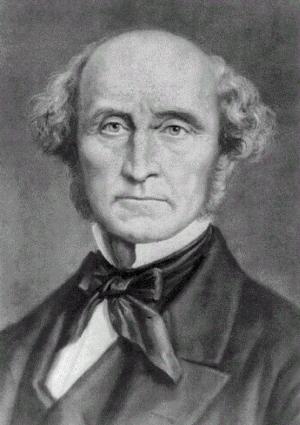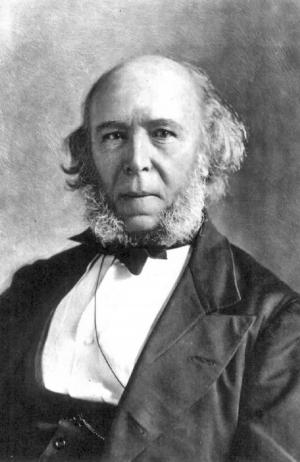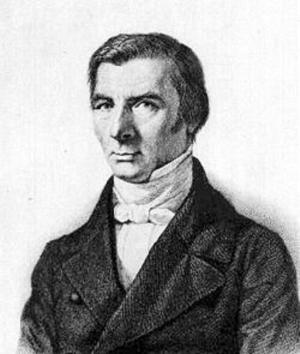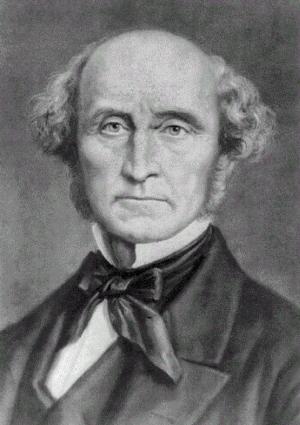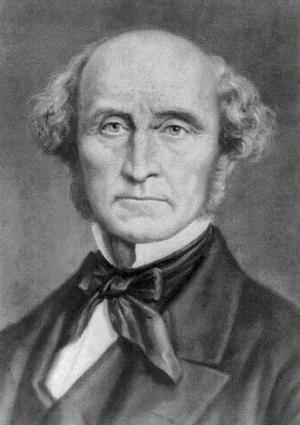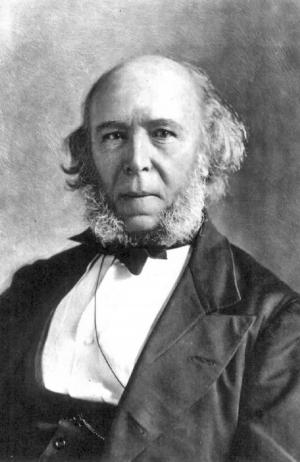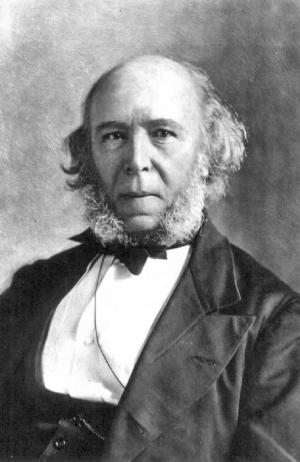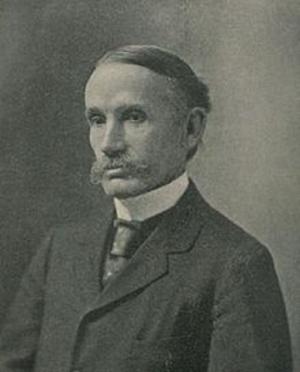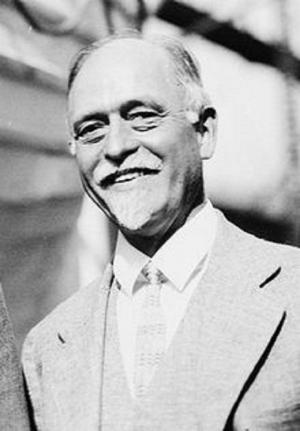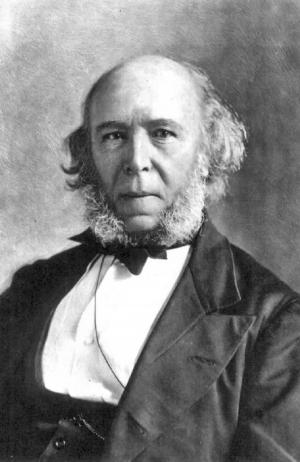The General Theory of Employment, Interest and Money (Illustrated and Bundled with The Wealth of Nations)
Business & Finance, Economics, Macroeconomics, Theory of Economics| Author: | John Keynes | ISBN: | 1230000277260 |
| Publisher: | AS Team | Publication: | October 28, 2014 |
| Imprint: | Language: | English |
| Author: | John Keynes |
| ISBN: | 1230000277260 |
| Publisher: | AS Team |
| Publication: | October 28, 2014 |
| Imprint: | |
| Language: | English |
The book has an active table of contents for readers to access each chapter of the following two of most important titles in economic history:
1. The General Theory of Employment, Interest and Money-John Keynes
2 The Wealth of Nations – Adam Smith
What do economists say would reduce unemployment? In truth economists paid little attention to unemployment as a distinct problem until the 1930s. Adam Smith, the wonderfully insightful father of free market economics was focused on how to expand the economic pie. He was a brilliant observer of how economies work, so much so that America's Founders were his disciples. His aim like theirs was to liberate the energies of entrepreneurial people to create wealth. The immediate problem though was monopolies not unemployment. Smith's political goal, therefore, was to get the British parliament to stand up to government-sponsored monopolies that in the 18th century kept competitors out of many areas and stifled growth.
Smith's insights needed important tweaks by the 1930s because unemployment had emerged as a political issue and voters demanded action. John Maynard Keynes was the economist who suggested how unemployment could be attacked. Keynes made clear that he believed in markets as much as Smith did. He recommended, for example, that the British government used market prices not rationing to allocate scarce resources as World War II approached. During the Depression of the 1930s, however, the millions of jobless were a crucial political problem. Keynes argued that waiting for private investors to create jobs as conservatives said Smith would have done could lead to the overthrow of Great Britain's free institutions.
Conservatives were arguing in the 1930s, as they still do in 2014, that cutting taxes and reducing government outlays would create jobs in the "long run." Keynes famously responded that "in the long run we are all dead." He saw the Nazis in Germany and the Communists in Russia using government to create jobs, and he was afraid that these political systems that he abhorred would take hold in England if its government insisted on waiting for the "long run" solution to work.
The insights of Smith and Keynes are central to today's debate across countries. Smith is still right that economic progress depends on liberating the energies of entrepreneurs so that they can create wealth. It is completely consistent to agree with Smith about the benefits of competitive markets and to support Keynes' tweak of it. The tweak says that tax and spending cuts will not create jobs quickly enough to satisfy voters. Government has to pump money into competitive markets to get investment going again. That's what stimulus is.
Before Keynes’s death in 1946, he said "I find myself more and more relying for a solution of our problems on the invisible hand (Adam Smith’s invisible hand in Wealth of Nations) which I tried to eject from economic thinking twenty years ago."
This book is for the readers who are interested in the integrated views of the economic world from the two greatest minds in the economic history.
The book has an active table of contents for readers to access each chapter of the following two of most important titles in economic history:
1. The General Theory of Employment, Interest and Money-John Keynes
2 The Wealth of Nations – Adam Smith
What do economists say would reduce unemployment? In truth economists paid little attention to unemployment as a distinct problem until the 1930s. Adam Smith, the wonderfully insightful father of free market economics was focused on how to expand the economic pie. He was a brilliant observer of how economies work, so much so that America's Founders were his disciples. His aim like theirs was to liberate the energies of entrepreneurial people to create wealth. The immediate problem though was monopolies not unemployment. Smith's political goal, therefore, was to get the British parliament to stand up to government-sponsored monopolies that in the 18th century kept competitors out of many areas and stifled growth.
Smith's insights needed important tweaks by the 1930s because unemployment had emerged as a political issue and voters demanded action. John Maynard Keynes was the economist who suggested how unemployment could be attacked. Keynes made clear that he believed in markets as much as Smith did. He recommended, for example, that the British government used market prices not rationing to allocate scarce resources as World War II approached. During the Depression of the 1930s, however, the millions of jobless were a crucial political problem. Keynes argued that waiting for private investors to create jobs as conservatives said Smith would have done could lead to the overthrow of Great Britain's free institutions.
Conservatives were arguing in the 1930s, as they still do in 2014, that cutting taxes and reducing government outlays would create jobs in the "long run." Keynes famously responded that "in the long run we are all dead." He saw the Nazis in Germany and the Communists in Russia using government to create jobs, and he was afraid that these political systems that he abhorred would take hold in England if its government insisted on waiting for the "long run" solution to work.
The insights of Smith and Keynes are central to today's debate across countries. Smith is still right that economic progress depends on liberating the energies of entrepreneurs so that they can create wealth. It is completely consistent to agree with Smith about the benefits of competitive markets and to support Keynes' tweak of it. The tweak says that tax and spending cuts will not create jobs quickly enough to satisfy voters. Government has to pump money into competitive markets to get investment going again. That's what stimulus is.
Before Keynes’s death in 1946, he said "I find myself more and more relying for a solution of our problems on the invisible hand (Adam Smith’s invisible hand in Wealth of Nations) which I tried to eject from economic thinking twenty years ago."
This book is for the readers who are interested in the integrated views of the economic world from the two greatest minds in the economic history.

